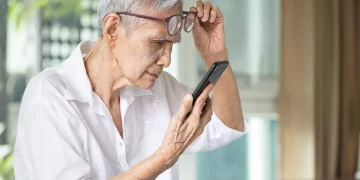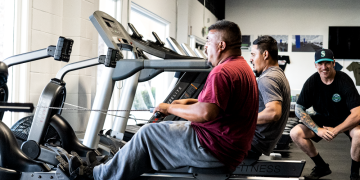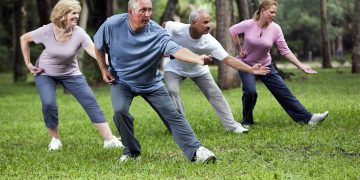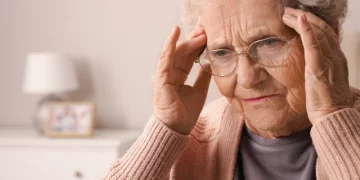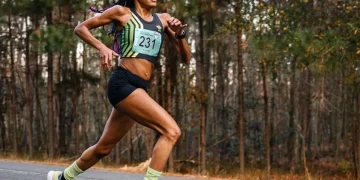When we talk about health and wellness, we often focus on individual effort — eating better, exercising more, managing stress. But many of the most transformative health journeys are not achieved alone. Behind these changes, there is often a less visible but deeply influential force: a strong, supportive community.
From global wellness movements to neighborhood initiatives, community-driven health actions are making a profound difference in how people live, heal, and thrive. These networks offer more than motivation — they create structure, belonging, accountability, and access to resources that might otherwise be out of reach.
So, what are some of these life-changing health efforts, and how exactly does community support fuel their success? Let’s take a closer look.
1. Blue Zones: Longevity Rooted in Connection
The concept of Blue Zones refers to regions around the world where people consistently live longer, healthier lives — often well past the age of 90. These places include Okinawa in Japan, Ikaria in Greece, and Nicoya in Costa Rica.
What sets them apart isn’t just their diet or level of physical activity. It’s the deep social fabric of their communities:
- Multi-generational living arrangements
- Daily rituals of connection with neighbors and friends
- A strong sense of purpose and belonging
- Social norms that encourage walking, gardening, and shared meals
In Okinawa, for example, small groups called moai support each other emotionally and financially for life. Longevity in these regions isn’t a result of isolated effort — it is the outcome of a communal way of life that promotes wellness naturally.
2. Parkrun: From a Local Event to a Global Health Movement
In 2004, a small group gathered in a park in London for a timed 5K run. That casual gathering evolved into Parkrun, a global community fitness movement now active in more than 20 countries.
Its success doesn’t lie in competition or intensity, but in its inclusive, volunteer-led structure:
- Free, accessible events for all fitness levels
- A welcoming environment that emphasizes participation over performance
- A strong sense of camaraderie and weekly consistency
Participants often credit Parkrun with improving not just their physical fitness, but also their mental health and social connection. It’s a reminder that shared activity fosters lasting change, and that movement becomes easier when you’re not doing it alone.
3. Community Gardens: Growing Health Together
In urban areas where access to fresh, nutritious food is limited, community gardens have become powerful tools for both physical and social nourishment.
These shared spaces offer:
- Fresh produce for residents
- Hands-on education about nutrition and sustainability
- Opportunities for physical activity and outdoor engagement
- A sense of ownership and cooperation among neighbors
Projects like the Ron Finley Project in Los Angeles have demonstrated how urban farming can address food insecurity, inspire healthier eating habits, and bring communities together with a shared mission: growing health from the ground up.
4. Online Wellness Communities: Connection in the Digital Age
The internet has enabled people across the world to find each other, share experiences, and support one another through health challenges — all without meeting in person.
Examples include:
- Facebook groups for plant-based living, weight management, or stress relief
- Subreddits focused on fitness or chronic illness
- Mobile apps with social features for tracking progress and celebrating milestones
These online communities give individuals a place to ask questions, receive encouragement, and stay motivated — especially when those around them in real life may not share their goals. Digital support networks, when thoughtfully moderated and inclusive, can be just as effective as in-person ones.
5. Group-Based Health Programs: Strength in Shared Purpose
Some of the most successful health interventions are built on group participation. Why? Because we are more likely to follow through when others are on the journey with us.
Programs like:
- Weight Watchers (WW), built on group accountability and support
- Alcoholics Anonymous and other 12-step programs
- Community-led walking clubs, yoga groups, or cooking classes
- Chronic disease self-management workshops offered by hospitals or nonprofits
These programs foster environments of shared learning, peer motivation, and mutual encouragement. Participants often report better results and a deeper sense of belonging compared to going it alone.

6. Mental Health Circles: Safe Spaces That Build Resilience
While one-on-one therapy is valuable, group-based mental health initiatives are filling a critical gap by making emotional support more accessible and culturally relevant.
Examples include:
- Support circles for grief, trauma, or stress management
- Peer-led mindfulness or meditation groups
- Community storytelling sessions that promote emotional healing
These spaces help break the stigma around mental health, encourage vulnerability, and create a culture where it’s okay — even encouraged — to talk about how we’re feeling. Often, just knowing others are listening can be transformational.
7. Wellness-First Communities: Making Health a Shared Norm
Some cities, schools, and workplaces are rethinking how to embed wellness into the culture of everyday life.
You’ll find examples such as:
- Offices offering mental health days, ergonomic workspaces, or group fitness breaks
- Schools implementing daily mindfulness sessions and nutritious lunch programs
- Neighborhoods that prioritize pedestrian zones, parks, and group activity spaces
In these environments, health isn’t just a personal responsibility — it’s a shared priority. When wellness is woven into the social fabric, individuals don’t have to struggle to stay motivated. They’re supported by the norms and energy of the people around them.
How to Find or Build Your Own Supportive Health Community
If you’re trying to make healthier choices and feel stuck or alone, tapping into the power of community could be a game-changer. Here are a few ways to start:
- Look locally: Search for nearby fitness groups, volunteer-run clubs, or educational workshops.
- Explore online: Join communities that align with your goals and values.
- Create accountability: Partner with a friend or coworker to check in on your goals.
- Be a leader: If you can’t find a group, start one. Even a small weekly meet-up can grow into something meaningful.
- Stay consistent: Like any relationship, community support thrives with time and attention.
Conclusion: Behind Every Lasting Health Change Is Often a Network of Support
The idea that health is purely a personal journey is misleading. While personal responsibility is important, connection is often what sustains change.
Whether through small local gatherings or global movements, people are achieving better health — and better lives — by leaning on each other. If you’re ready to make a change, consider this: maybe the next best step is not something you do alone, but something you do together.
Your community could be the most powerful tool you haven’t yet used.






